For a group of people enamored by the flight and freedom of birds, the coronavirus has really hit the birding community hard. The pandemic has grounded birdwatchers across the globe, and relegated them to backyard binocular viewing. Granted, there are many birds that you can find in the comfort of your own backyard, but it is more fun to take off on adventures to see some lifers in new locales. With that in mind, it is time to start daydreaming about birding vacations so you are ready to go when it is safe to do so. And there is no better vacation for birdwatchers than finding a place where they can add to their list of lifers, while enjoying the beauty of nature in specific regions around the globe. In this article, we’re going to present our picks for the best birding vacation.
But don’t worry if someone in your family or vacation group is not enthused about birding. Each of these birding hotspots offer other activities and one of a kind adventures to please all the members of your party. While you’re grounded, you can use the guide below to get started planning your next birding vacation!
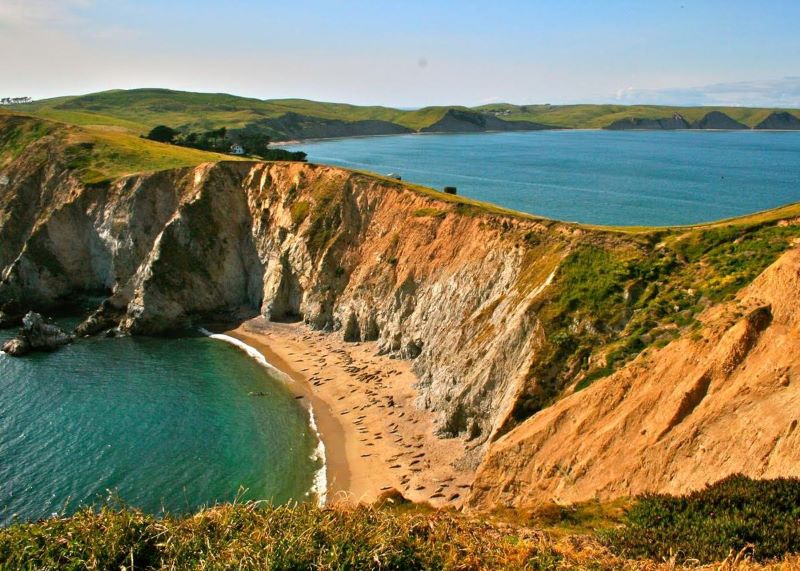
Point Reyes National Seashore, California, USA
With more than 70,000 acres of habit harbor, around 490 species of birds have been spotted at Point Reyes. This is approximately 50 percent of the birds found in North America. The peninsula located right in the Flyway makes this a bird magnet. Nestled on the coast of the Pacific Ocean about an hour north of San Francisco, this beautiful and rugged combination of estuaries, grassland, and coastal scrub combine to create a home for birds of all types, including vagrants. Visit the Lighthouse Rocks if you are seeking a peregrine falcon, and Wilson’s snipe and green-winged teal are some other lifers found in the area. The northern spotted owl and snowy plover are especially protected here.
There are many activities to add to your birding if you are vacationing with people who don’t necessarily feel that the white-tailed kite is the most amazing thing ever. While it’s an ideal location for a birding vacation, there’s plenty of other historical monuments to visit and activities to participate in to make it fun for the whole family. The 1870 Point Reyes Lighthouse is a great historic lighthouse and a good place to find gray whales. (Just make sure you can make the return trip back up the cliff of over 300 steps!) The area features great wine and homemade cheeses, along with some cute shops along the way. If you broaden your trip 30 miles south, you will have all of San Francisco at your fingertips. See the Golden Gate bridge, visit Alcatraz (which itself has three types of cormorants), enjoy a meal in China Town, ride the cable cars, and experience Fisherman’s wharf, just to name a few. This would be the perfect combination for bird lovers and adventure seekers alike. The scenery is extremely picturesque, so be sure to remember to bring a nice camera with you to capture all the memories.
| Giacomini Wetlands | Look for northern harriers, white-tailed kite, American coot, green-winged teal, and Wilson’s snipe. You might even score a bald eagle searching for food! |
| Lighthouse Rocks and Cliff Areas |
Known for brown pelicans, Brandt’s cormorants, loons, surf scooters, and pigeon guillemots, you might even spy a peregrine falcon at the Lighthouse if you look carefully.. |
| Five Brooks Pond | You can spy a hooded merganser, ring-necked docs,k and grebes. Pileated woodpeckers, swallows, thrushes and warblers are found near the pond too. |

Everglades National Park, Florida, USA
With one of the most distinct habitats in the United States, the Everglades are home to 344 species in tidal marshes, cypress trees, and mangrove forests. Because of the water covering most of the region, it is a perfect place for wading birds. The Everglades are located in south Florida, and if you visit be prepared to experience both mosquito bites and alligators. With so many different species, you are bound to see some lifers here. Snail kites, mangrove cuckoos, great blue herons, and purple gallinules can all be found in this swampy habitat.
The third largest national park in the lower 48 states boasts a plethora of outdoor activities. From slogging (off-trail hiking) to guided tours, canoes and kayaks, to geocaching and fishing, you will enjoy nature in all varieties in the Everglades. This really is an outside paradise. Although you might not have the density of restaurants you are used to, you can enjoy some Florida delicacies and some delectable Key Lime Pie after a long day outside.
| Nine Mile Pond | You can find wood storks, roseate spoonbills, limpkins, snail kites, and wading birds of all kinds. Take a morning trip by canoe for best viewing. |
| Snake Bight Trail | Find mangrove cuckoos and warblers in the morning, and a plethora of wading birds, shorebirds, and even flamingos! |
| Shark Valley | Part of the Everglades National Park, the third largest national park in the continental US, Shark Valley sits near the east entrance and is the gateway to the popular Flamingo drive. It features tours, airboat rides, and a whole lot of birding! Here you can see the popular anhinga, a great blue heron, or purple gallinules. Look for a wood stork, a short-tailed hawk, and several varieties of kites. |
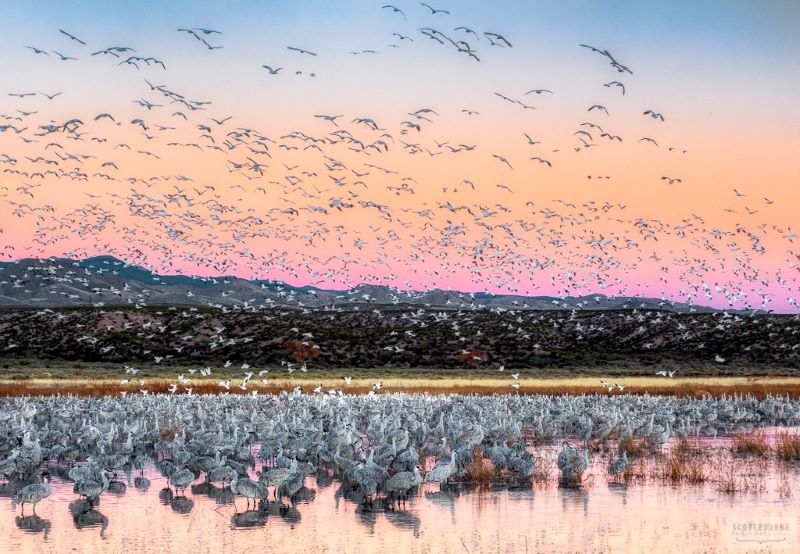
Bosque del Apache National Wildlife Refuge, New Mexico, USA
Run by the US Fish and Wildlife Service in southern Mexico, Bosque Del Apache is a great refuge filled with the desert scrub, mesquite and grasslands geography in the Rio Grande Valley. This is a photographer’s paradise, with wide expanses or sky, a large contingent of birds lifting off, and many people coming to shoot the goose blast off scene at sunrise. If you haven’t already geared up with a great camera for your next birding vacation, check out our list of the 7 best cameras for wildlife photography.
Over 340 species of birds call this refuge home, with huge masses of sandhill cranes and snow geese in the winter. There are also migratory birds on their way north or south. All in all, it shapes up to be a fantastic spot for your next birding vacation.
The Bosque del Apache Refuge is 8 miles south of San Antonio, New Mexico, so you can enjoy small town New Mexico in addition to bird watching. Bicycling, hunting, fishing and frogging can all be enjoyed here. The Fort Craig Historic Site and Mission Church are a few places you can go to brush up on your history. This is a small New Mexico town with charm, and you will find plenty to eat and drink at the local watering holes. The Festival of the Cranes in the third week of November is one of the most important things that happens in the area each year, and is well-worth checking out.
| Crane Pools | See the migrating sandhill cranes rise up at sunrise in one of the most glorious displays of birds in the nation. |
| Flight Deck | The arrival and departure of the snow geese is one of the most amazing sights on the planet. Be prepared to be cold. |
| Auto Tour | Throughout the Bosque del Apache Refuge you will see so many birds including spotted towhee, black phoebe, American wigeon, northern shoveler, gadwall, and greater roadrunner. |
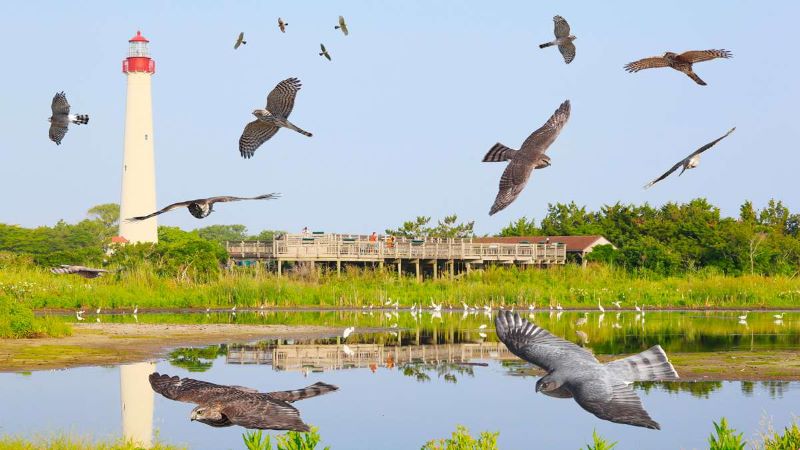
Cape May, New Jersey, USA
Located at the point where the Atlantic Ocean meets the Delaware Bay, Cape May is recognized by National Geographic as the best birding site in North America. If you’re looking for a number one contender for the best birding vacation stateside, this could very well be it. The Cape May Observatory encourages conservation, creates both educational and fun birding activities, and conducts research about birds. The Cape May area really takes their birding seriously. The fall migration is one of the most amazing sights in the entire country for birders. But you will be able to add to your lifer list no matter what time of year you visit. You will definitely enjoy hawks and warblers at the famous Higbee Beach, as well as Lily Lake’s plethora of warblers.
The tiny town of Cape May Point with its Victorian charm will offer you a relaxing visit. The southernmost point in New Jersey, people accept and love their vacationing birders, but that is certainly not all they have to offer. Water sports like kayaks and parasailing will keep your group entertained, while breweries are a winner when the sun goes down. You can take a trolley tour around the area to see even more sights. Make sure to visit the promenade, a two mile walk with ice cream shops, candy shops and an arcade.
| Higbee Beach | This is the perfect place to see hawks and falcons as they migrate, and you will also happen upon red-throated and common loon, gannets, and scooters. |
| Stone Harbor Heronry | This critical nesting place is home to songbirds, herons, egrets, and wading birds of all varieties. |
| Lily Lake | The area around Lily Lake will offer you warblers and more warblers as far as the eye can see! Also keep your eyes open for western kingbirds and other rarities. |
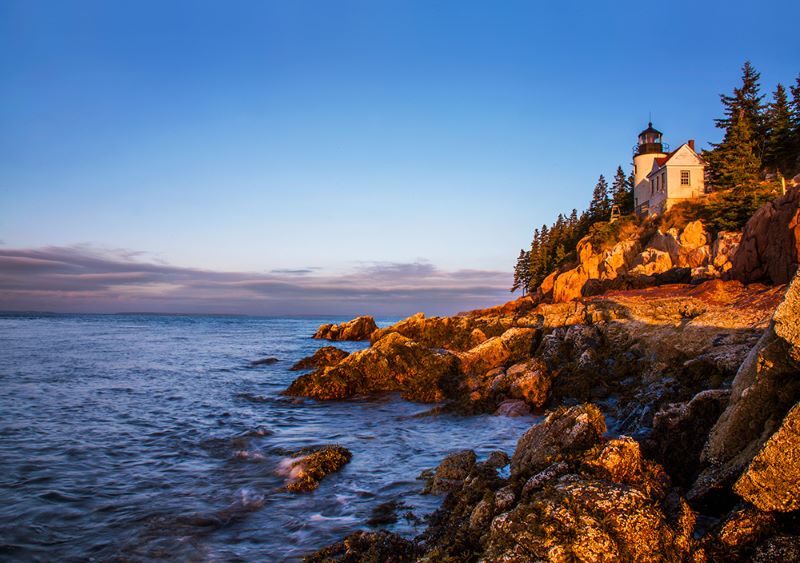
Mount Desert Island, Maine, USA
The largest island off the coast of Maine at 108 square miles, with over 308 species of birds including over 20 of warblers, the history of Mount Desert Island is deeply intertwined with bird watching. Located in Acadia National Park, one of the most beloved National Parks in the nation, Mount Desert Island is one of the birding hotspots in the contiguous states. Among many others, you can find ruffed grouse, ravens, and of course, warblers along this rocky coast.
For the non-birders in the group, consider a Tall Ships Tour or bus tour around the area, a visit to Cadillac Mountain, or the land bridge to Bar Island. There are many ways to take advantage of the great outdoors and experience the coast of Maine. Round out your trip with some of the best coastal culinary choices you can find, and some local breweries.
| Thompson Island | shorebirds, terns, and gulls |
| Mount Desert Island | On the island itself you will find many ruffed grouse, osprey, ravens, and even black capped chickadee. |
| Bird Thicket, Acadia Wild Gardens | These gardens are beautiful onto themselves, but add a plethora of warblers, thrushes, and black-throated warbler. |
| Man-War Caye | On this mangrove covered island you will find magnificent frigate birds, brown booby birds, and the magnificent frigate. This is a great place to see a high density of birds. |
| Caracol Mayan Ruins | Along with your history lesson of the Mayans, you will find the ocellated turkey, crested guan, and great curassow around the ruins. |
| Crooked Tree Wildlife Sanctuary | Waterways, logwood swamps, and lagoon offer a home to wading birds of many varieties. You will also see the endangered yellow-headed parrot, snail kite, rails, storks, and the difficult to find agami heron. |

Rift Valley, Kenya, Africa
If you are ready for the trip of a lifetime, whether or not you are a birder, get to Kenya to see all that the natural world has to offer. Lake Nakuru has been known as the most amazing bird spectacle in the world with sometimes up to a million flamingos. There are about 1,000 species of birds in this region of the world, which makes it one of the greatest spots for birding.
If you go to Rift Valley, you are going to see some of the most amazing natural wonders of your life. In addition to birding, there are many other ways you can enjoy and appreciate the great outdoors. This is the type of once in a lifetime trip that most people only dream of. There are many different safari trips that you can take where you will see breathtaking views and big game that are beyond your wildest imagination. Visit Hell’s Gate National Park to see towering cliffs and rock towers, volcanoes, and geothermal steam.
| Lake Naivasha | Find basra reed warblers, lesser flamingos, white-fronted bee-eaters and the saddle-billed stork. The Goliath heron and great white egret are also found here. |
| Lake Nakuru | Lake Nakuru is home to over 500 birds such as greater and lesser flamingos, great white pelicans, greater blue-eared starling, and hottentot teal. |
| Kakamega Forest | Boasting over 367 bird species in this rainforest, birders will find the giant kingfisher, the great blue turaco, and the cinnamon-chested bee-eater. There are 36 species of birds that are only found here. |
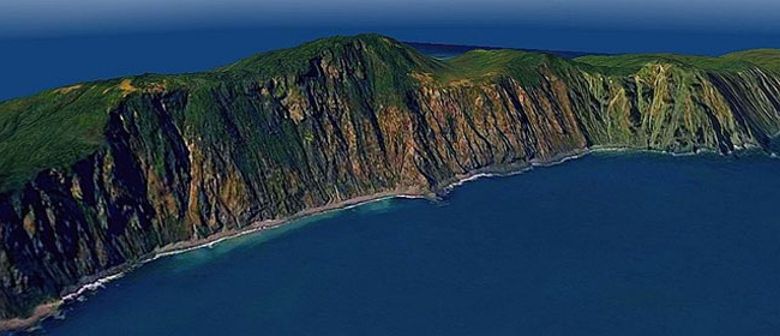
Kapiti Island, New Zealand
New Zealand is a paradise to start with, and if you are looking for an amazing birding vacation, this just might fit the bill. Kapiti Island is 10 kilometers long and 2 kilometers wide, and is an accessible island and bird sanctuary, where they are working to conserve kokako, takahe, brown teal, stitchbird and saddleback. The number of visitors is strictly limited so that they can preserve the natural beauty and the animals and birds that live in the sanctuary.
Kapiti Island is off the coast of Wellington, the capital of New Zealand, and if you have some non-birder vacationers with you, this is just the place. Check out museums, nature tours, helicopter tours, and even a Lord of the Rings Tour! This is also a great place to enjoy sea life, like dolphins. You will definitely get your fill of nature.
| Nga Manu Nature Reserve | The reserve houses a plethora of birds but is famous for its kiwi birds, and other species like the tui and kaka parrots. |
| Kapiti Island | Although the island is covered with birds like the brown teal, stitchbird, and kokako, takahe, a flightless bird, is one of the most amazing finds. |
| South Island | South Island features the oamaru blue penguin colony and yellow-eyed penguins of Dunedin. |
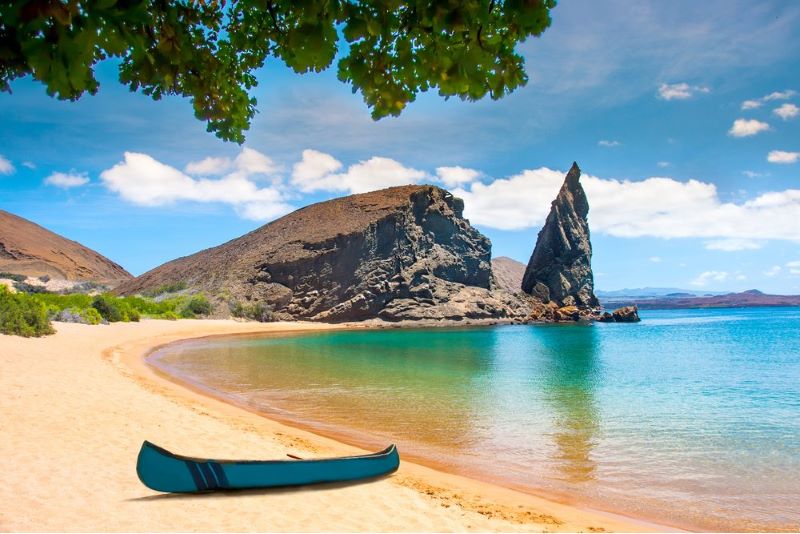
Galapagos Islands, Ecuador
600 miles west of the coast of the coast of Ecuador, and straddling the equator, over 20 islands offer biodiversity that is seen in very few places in the world. The Galapagos Islands are an amazing geographical feat created by volcanoes. This is a birders’ heaven with 45 different species that are only found in the Galapagos Islands and nowhere else in the world. You will see the big three that are trademarks of the islands: Blue footed booby, Galapagos Penguin and waved albatross, along with magnificent figates, Caribbean flamingos. Add the Galapogos to your short list for an exotic birding vacation, you won’t regret it.
If you find yourself in the Galapagos Islands, you know you will be spending some quality time outdoors. Ecuador Pikaia Lodge five star property in Santa Cruz is a great place to stay, and there are a lot of nice properties around the islands. El Chato Tortoise Reserve is a natural wonder where you can visit tortoises, and snorkeling and diving off Darwin and Wolf island offer a great place to see all that the sea has to offer. You can see the volcanoes that formed the island, and even climb one: Sierra Negra. Visit the Wall of Tears where prisoners were held in the days of the pirates. And if you or your vacation mates happen to get tired of birds, you can see 33 different species of sharks!
| Rabida Island | Rabida island is home to many birds, including the Galapagos mockingbird, doves, American flamingos, and white cheeked pintails. |
| Punta Vincente Roca | At this stop you can easily become acquainted with the blue-footed booby, brown pelicans, noddy terns, and the famous Galapagos penguins. |
| Santa Cruz Island | This special island is home to a plethora of finches, white-cheeked pintails, and American flamingos, just to name a few. |
Final Word
Although you may have to daydream a bit longer before hitting the air, there are many places throughout the United States and indeed the world where you can enjoy birding as well as many other activities. Hopefully this list we’ve created will inspire you for when you’re ready to take your next (or first!) birding vacation. Whether you decide to stay stateside, or are ready for a more adventurous trip around the globe, being a birder on vacation will offer you some of the world’s most beautiful views and birds. Make sure to take your journal to document any lifers you find, and keep your eyes on the prize. In this case, the ability to see the natural world through binoculars and bird feathers. Who could ask for anything more?
Related
- Interested in birding? Check out our beginners guide to birding and get started.
- Don’t forget your camera on your vacation! If you don’t have one, we’ve reviewed some really good ones for beginners.
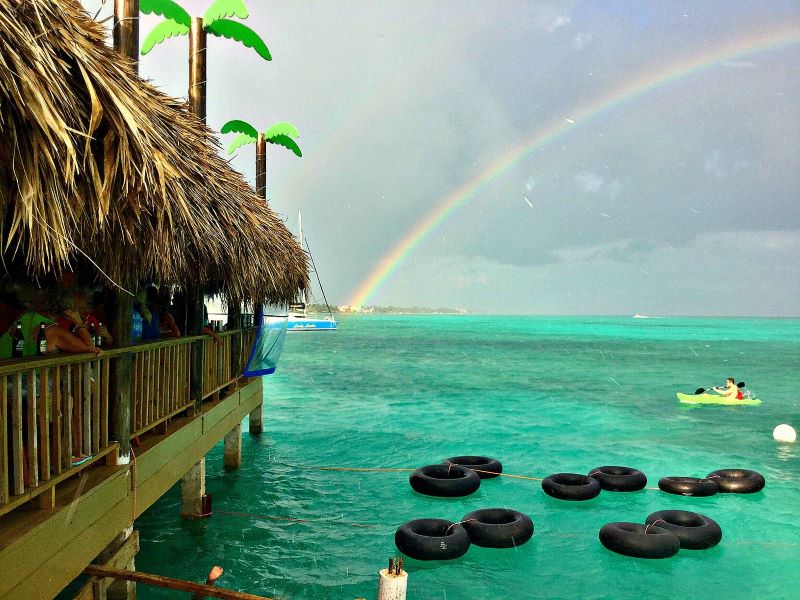
Add Mono Lake State Park in the Eastern Sierra of California to your birding vacations: Migrating birds particularly Pacific Sea Gulls stop at this lake to breed and migrate south in winter months!